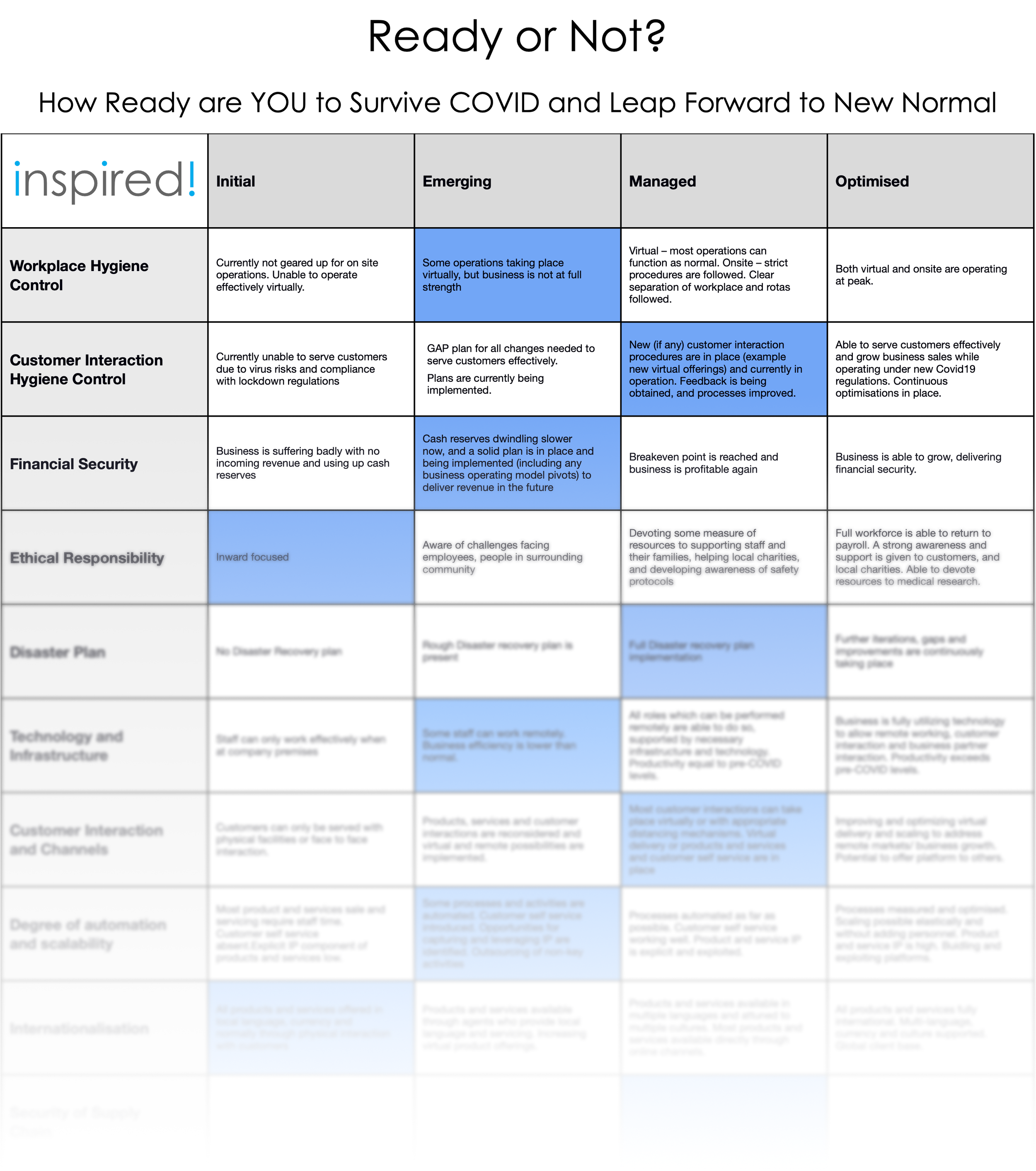2020 has been a tsunami for most organisations and society in general. Work life has been disrupted by the COVID pandemic. Economies have been interrupted and bent out of shape. Individuals have been challenged to work in different ways, with new tools and often for more hours with less boundaries to protect personal space and time. Many organisations have “held it together”, focussed on essentials, leveraged assets they had, pivoted where necessary and managed to survive. Some have been less fortunate where their business model and revenue streams have disappeared overnight due to the pandemic itself or heavy handed government interventions.
It is not all bad: some organisations have prospered. Zoom, for example grew corporate customers 488% and revenues 367% (annualised, at Oct 2020), and was deemed by investors to be more valuable than Boeing! The latter suffered from travel bans and the fiasco with 737 max groundings due to safety issues. Other tech leaders in e-Commerce, cloud, telecoms and streaming have done very well.
The pandemic has accelerated trends already underway to work from home, virtualisation, streaming, use of mobile technologies, practical use of machine learning, internet of things and others. Shut down of travel and reduced economic activity showed that pollution and climate change can be reduced and maybe brought under control by the concerted action of humans.
Physical borders between countries and movement have become much harder, but virtual borders are coming down at an unprecedented rate. Banks, insurers and other large corporates have realised that they can have staff work remotely and effectively.
First world governments have stepped in to cushion the blow to citizens with small business and individual support programmes. In the USA, some 4.5 trillion dollars has been injected into the economy. This has fuelled stock markets and created a false high. Why false? Essentially the money is printed by the Federal Reserve. There is no new productivity, or increase in goods and services generating these funds. It is just more dollars buying the same value. While creating some short term relief, it distorts the economy and must be inflationary in the medium term.
There is a high risk of an economic correction / crash in markets in the near future. This is partly ameliorated by the US$ being a reserve currency internationally, so many of the dollars that are devalued are held by foreign nationals and governments, so America gets away with everyone funding some of their excess. But the world is showing signs of tiring of that game and most countries have reduced their dollar dependence during the Trump era. The rise and stability of the Chinese economy, and the level of trade of many nations with China may make it attractive to contemplate the Yuan as a reserve currency. It was officially recognised as the third reserve currency by the IMF in 2016 and its influence and performance are growing.
The pandemic is not going away just yet. Yes, there are vaccines and they are being rolled out, but it will be 3Q 2021 before most people in most countries are covered. However, there are new strains, some more contagious and potentially more severe (or targeting different sections of the population) than the original. We are definitely not out of the woods yet, with many countries now in second or third lockdown scenarios. Even when the physical risk of Corona is reduced to levels we associate with more traditional disease (like the annual influenza), the psychological and structural effects will remain. There are no guarantees that this will be the last pandemic either.
All of the above means that organisations are operating in a very uncertain world, where assumptions and fundamentals will be tested on a regular basis. It is not enough to be “strong”. As Nassim Taleb pointed out in Antifragile, some things are strong, but break easily when subjected to force in an unexpected direction. Some things are hard, but fragile. Some things are robust, meaning they withstand more force before breaking. We have to look to create things which thrive under disruption or application of force and become better - these are antifragile. Nature exhibits this principle where changing circumstances weed out weaker solutions and evolution continually adapts survivors to better exploit changing circumstances.
How can we achieve antifragility in our planning and strategy, our Business Architectures? Taking advice from Nassim, we should look to some of these principles:
Avoid debt - debt brings fragility
Increase redundancy, especially in critical areas (today that would include networks, security, data, scarce skills)
Avoid over optimisation - it does not leave room for the unexpected
Design for antifragility or at least robustness
We need to adopt more biologically inspired models when designing our future organisations. These include:
Seeing organisations as “systems of systems” - much like the human body has s sensory system, a circulatory system, a respiratory system, a skeletal system, a muscular system, a nervous system, etc.
Consider the whole ecosystem in which we operate, not just the machinery of the organisation and what is under its control
Make sure we are paying attention when the environment changes. We need strong sensory systems which alert us to new developments. We need to play scenarios ahead of time to have a plan when fundamentals shift
We need distributed intelligence in our business units, our staff and our technologies to allow rapid adaptation
We need systems that can change in hours or days, not months and years. This requires design at a meta level and a shift from a static to a dynamic view. Not agility in projects (producing artefacts faster) but artefacts which themselves are adaptable in operation and without interruption (see related paper here)
Emerging technologies offer us many opportunities to do things in different ways. When we contemplate a new approach, architecture or design, let’s remember to ask some key questions:
How will this benefit people? Think experience and value for customers, partners, staff and society at large
How will this make us more agile / antifragile or at least robust?
How will this fit in the ecosystem? Does it fit current or emerging standards? Does it have clear boundaries so that it can be integrated easily / replaced when necessary?
What risks does it bring? How will we avoid or ameliorate them?
Does this enhance our ability to absorb change or shocks?
The future requires the ability to think of a business as a set of capabilities delivering value to a community in an ecosystem. Bear in mind that the ecosystem may change, the community will develop new needs and requirements, suppliers and partners have their own agendas. We have control only over our own assets (resources, reserves, skills, intellectual property, structure, etc. ), initiatives and responses. Raise thinking above the level of solutions to requirements and capabilities. We need to build so that we:
Build assets and capabilities
Ensure that they are modular and interoperable - with our own and those available elsewhere
Use scenarios and rapid sensing to predict / think through / detect / understand change
Build our models, processes, systems and architectures to allow rapid adaptability and reconfiguration
When building a house in an earthquake zone, don’t use concrete. Rather steel (robust) or bamboo (antifragile).
Here’s to your Desirable Future!










